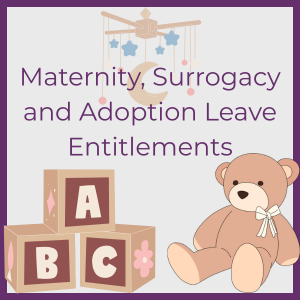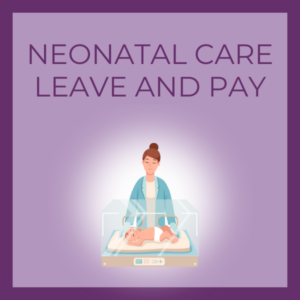Automatic enrolment of employees into a workplace pension became a legal requirement for large UK companies in October 2012. This scheme was gradually rolled out, and by 1st February 2018 all members of staff in UK businesses, who didn’t opt out, were part of a pension scheme.
As an employee, you have a duty to provide a workplace pension scheme from the first day that you take on your first eligible member of staff. This date is known as the ‘duties start’ date and includes:
- All staff between the ages of 22 and the state pension age
- All staff who earn at least £10,000 a year
- All staff who usually work in the UK, including people who are based in the UK but travel abroad for work
If staff have previously been ineligible because of their age or another reason, once they reach 22 or the other reason no longer applies, an employer has six weeks in which to enrol them and inform them of the enrolment.

Your workplace pension scheme must be one which is approved by the UK Pensions Regulator, a government non-departmental public body set up to protect and regulate UK workplace pensions. There is a useful questionnaire for employers on its website for guidance.
The main question confronting most employers is how much should they be paying. Generally, you have to pay 3% of your employee’s qualifying earnings into the staff pension scheme, but you will need to check your specific pension scheme to find out what counts as qualifying earnings. For the majority of these schemes this will be the total earnings between £6,240 and £50,270 per annum before tax. Total earnings are the wages or salary but also includes:
- Statutory maternity, paternity or adoption pay
- Statutory sick pay
- Bonuses and commission
- Overtime
As an employer, you must ensure that when payroll is run, pension contributions deducted from employee earnings are paid into the staff pension scheme by 22nd of the month. If for any reason a payment is missed it must be added immediately. Fines for consistent late payments, as well as for employers who fail to set up a pension scheme, are levied by the Pensions Regulator. It monitors all employer pension contributions to confirm compliance.
It’s not compulsory for employees to sign up for a workplace pension. Some may prefer to opt out, although this means losing out on both employer and government contributions. If an employee wishes to opt out, a conscientious employer should encourage them to seek independent financial advice before taking the final decision. If someone does opt out, the pension contribution from their salary must be stopped, and they should be refunded for any monies paid into the fund to date. In addition to this, every three years employers are obliged to re-enrol staff back into the pension scheme if they have left it.
It goes without saying that employers must keep detailed and up-to-date records of all pension-related transactions, and these must be kept for six years. Requests to opt out must be kept for four years. Records must include names and addresses of employees on the scheme, records of all contributions, requests to join or leave the scheme, and your pension scheme reference number.
Pensions can be one of the most complex financial issues for employers. At AMR Bookkeeping Solutions, we’re experts at handling the processing and payment of workplace pensions and we’d be delighted to advise and help you. Call our friendly team on 01892 559480 or contact us through our website.









